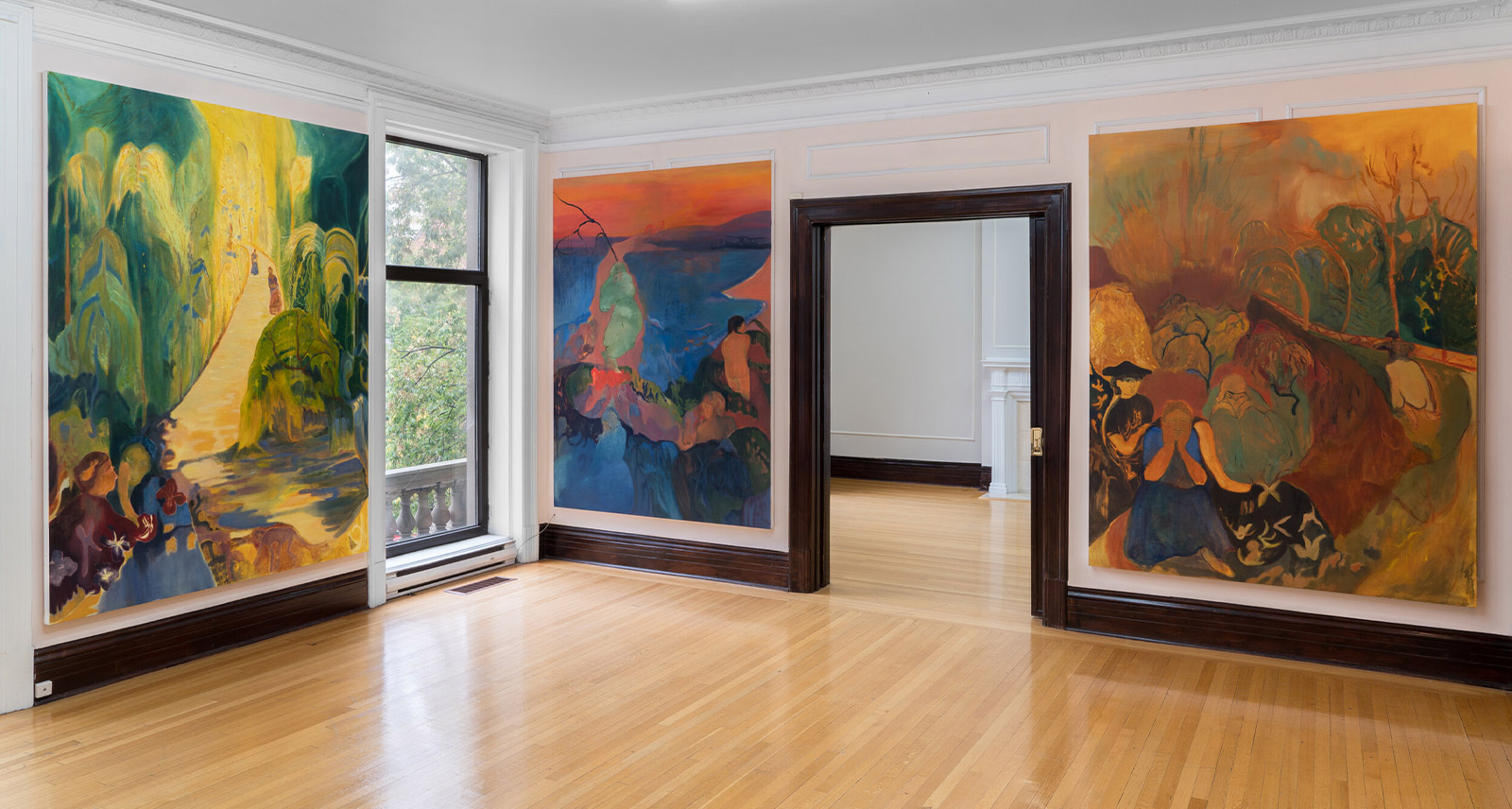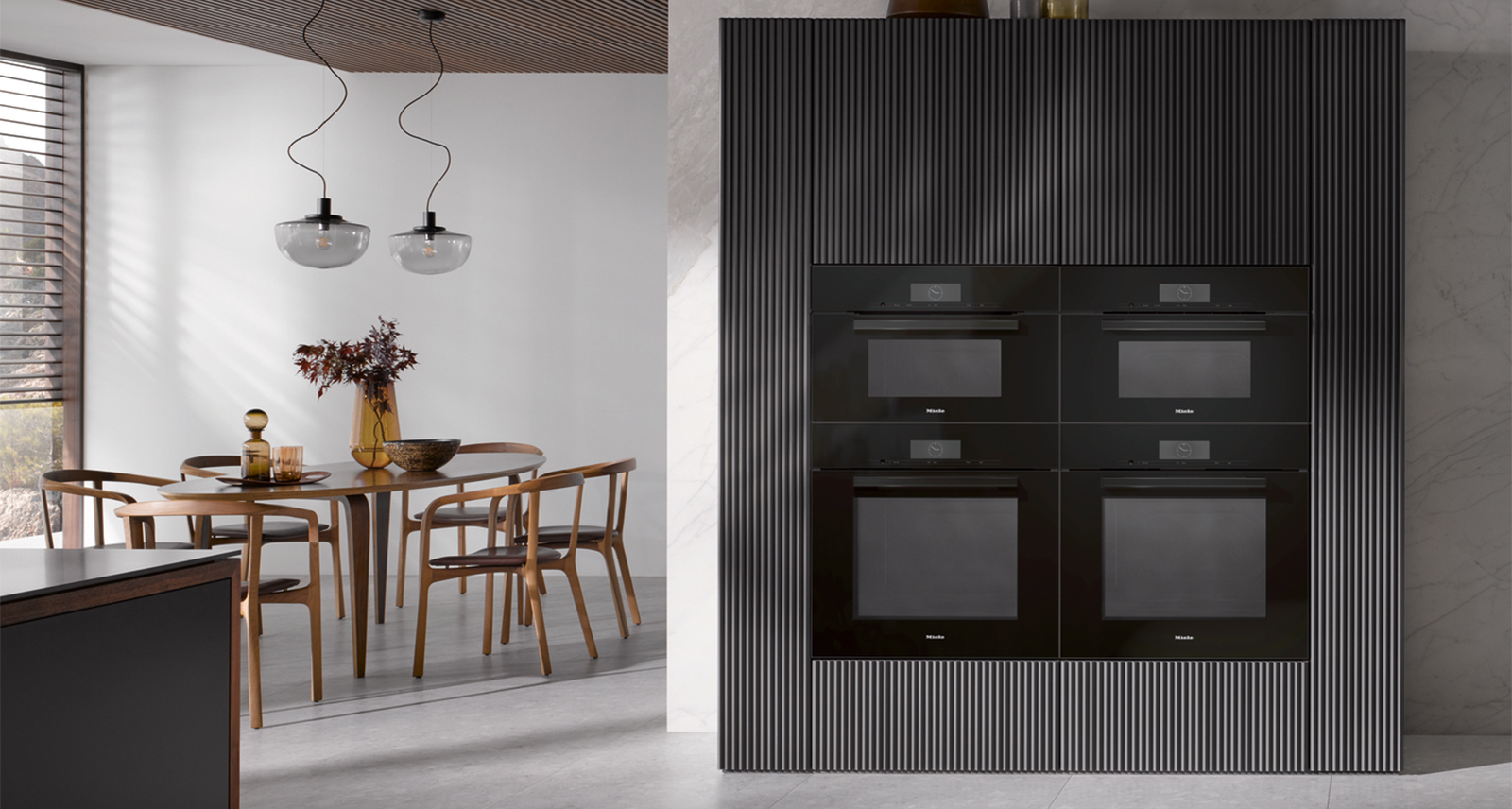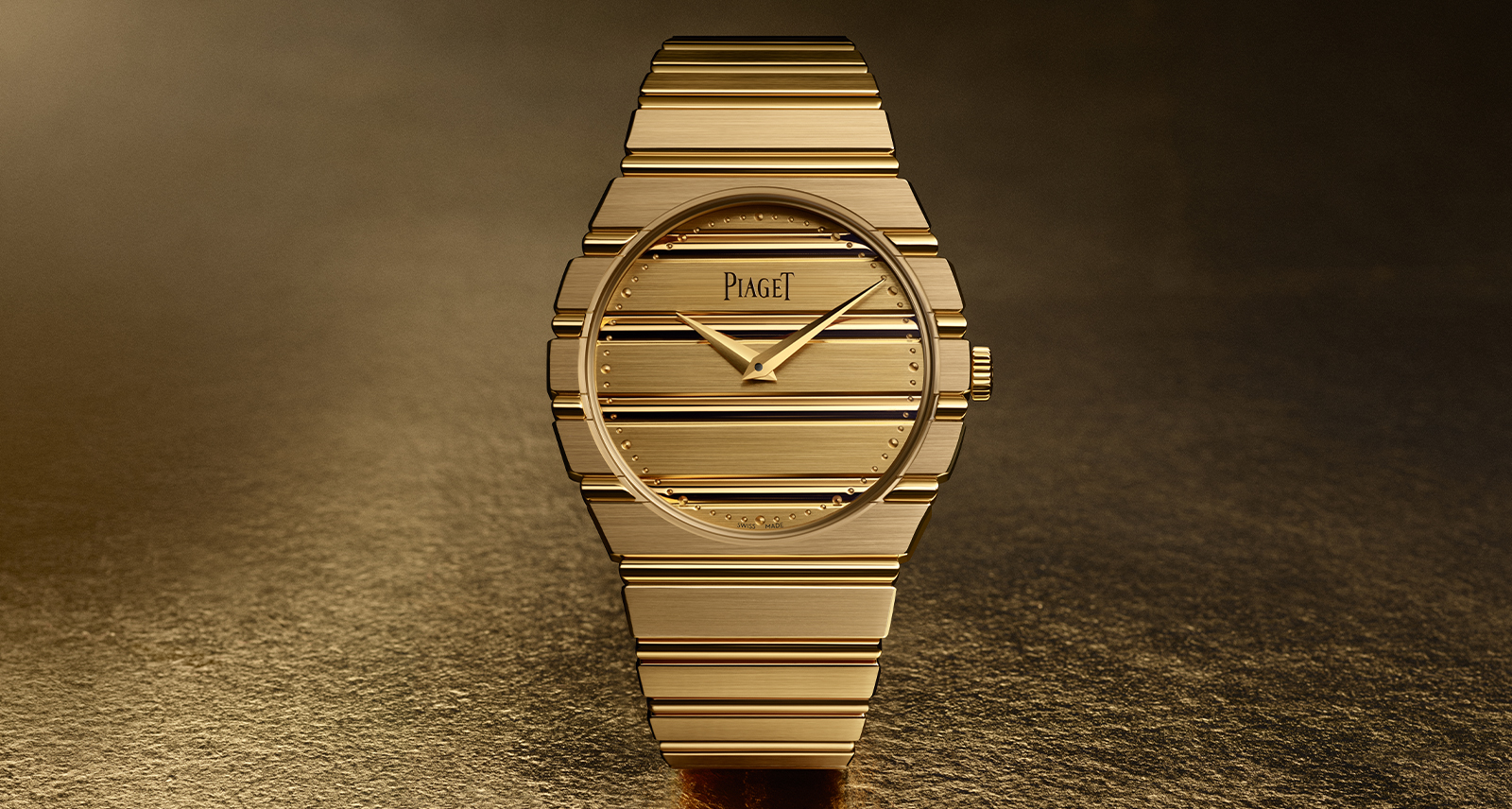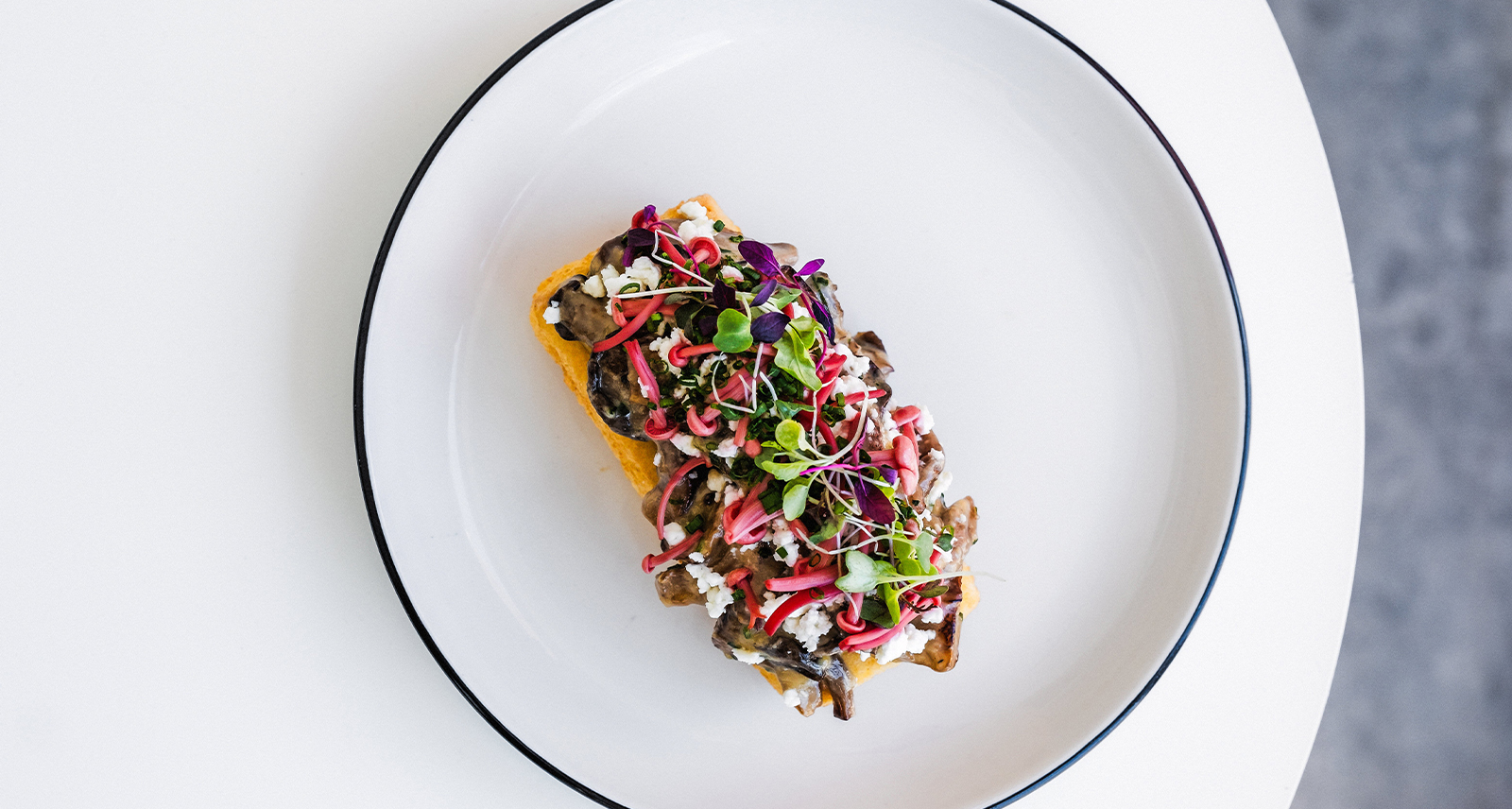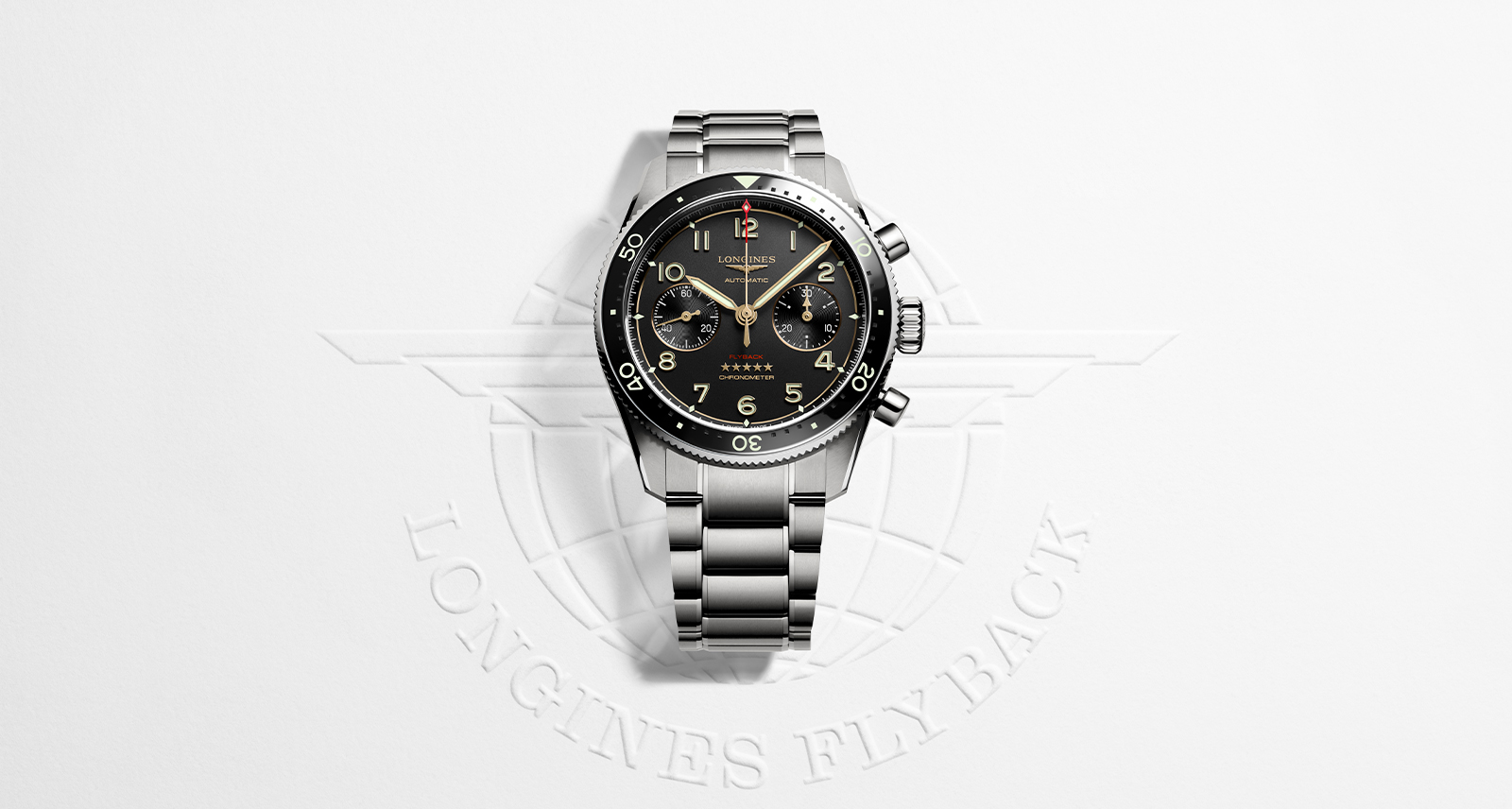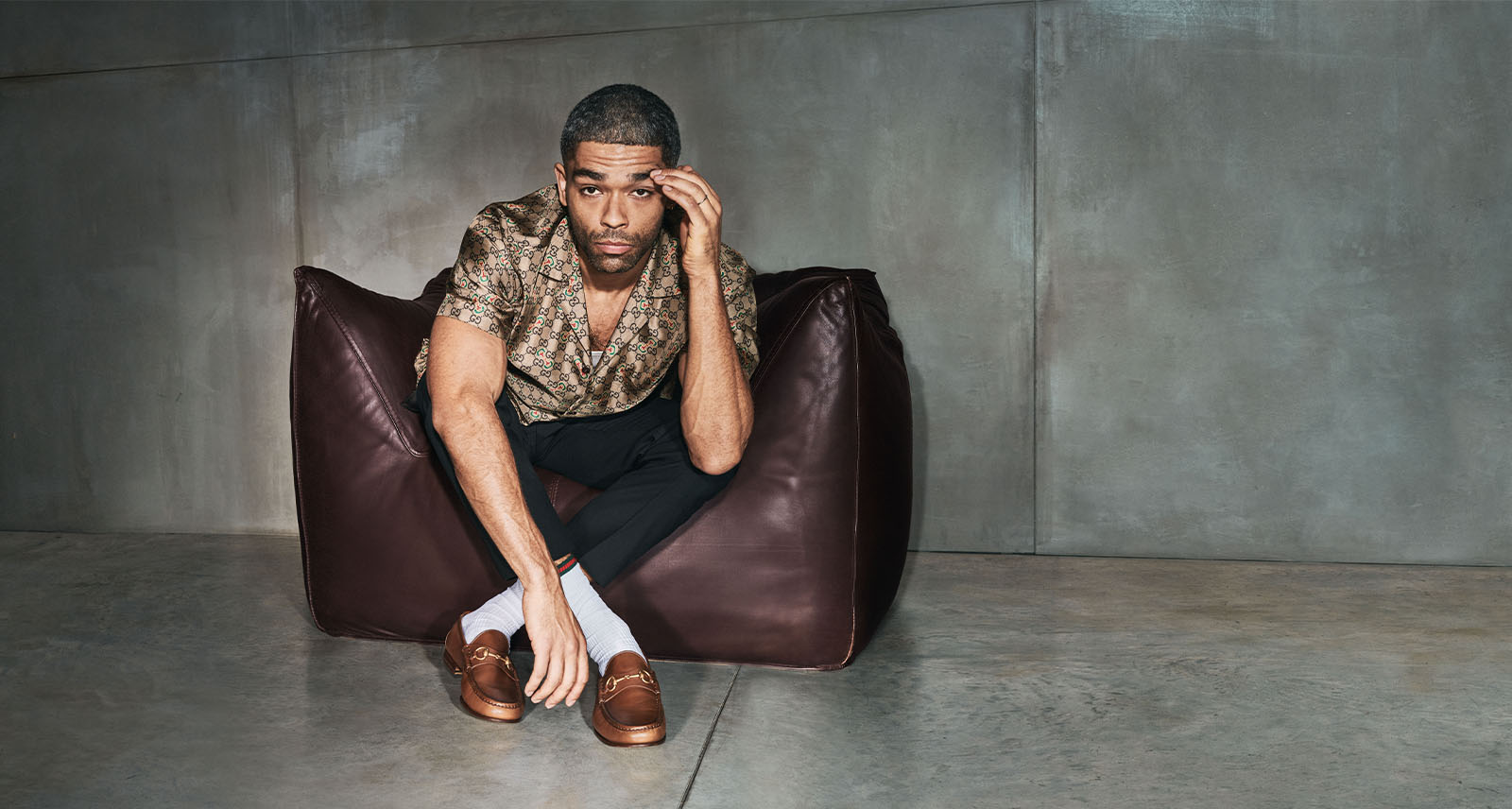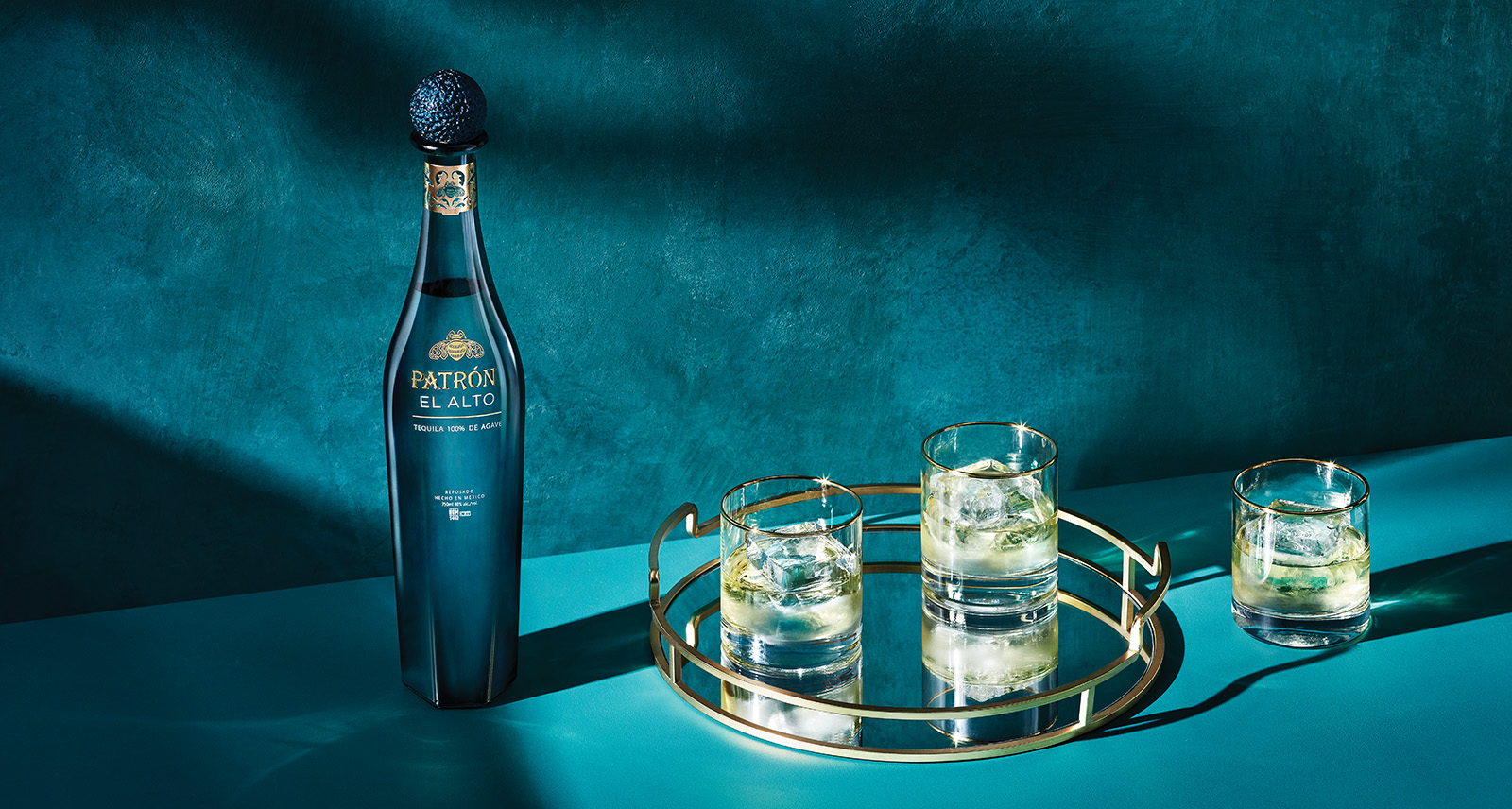Want to Start an Art Collection? This Art Writer Is Here to Show You How
A common misconception about art collecting is that you have to spend a lot of money to take part. But this couldn’t be further from the truth. For a bit more than what you’d pay at Ikea for a generic print, you can buy an original work of art. Like most things in life, spending a bit more money up front ensures its longevity. Living with art is engaging and enriching — it comes with a built-in story to tell around the dinner table. Who made it? When did you buy it? What drew you to it? Collecting art is an articulation of taste. The excitement of building an art collection is in learning what your taste is, trusting your instincts, and then living with the bounty.
I bought my first piece in 2018, a small painting from Misbah Ahmed, a recent OCAD grad. From there, I expanded rapidly. Works by Margaux Smith, Keiran Brennan Hinton, Marlon Kroll, Laurence Pilon, Darcie Bernhardt, and Azadeh Elmizadeh joined my collection. The collection has become a visualization of my life. As I look at the art on my walls, I remember where I was, and who I was, when the work entered my life.
Art is often referred to as “an investment you can live with.” But it’s worth noting that buying art solely as an investment is never a good idea; there are no guarantees that a work has growth potential. Instead, you should focus on buying what you love and want to live with. With that caveat, art is typically a steady investment. If bought from a reputable gallery, it’s unlikely that the price will drop, and in rare cases, the price will double or triple in a short time frame. Like any good portfolio, diversification is key. The more art you buy, the more likely it is that you’ll have a few pieces from artists whose careers take off. For me, the thrill of collecting isn’t about cashing in — I’d rather the art than the money — but about following an artist’s career and supporting them. It’s a nice perk when your taste is confirmed by the market. Once you start, it’s hard to find wall space to accommodate the habit.
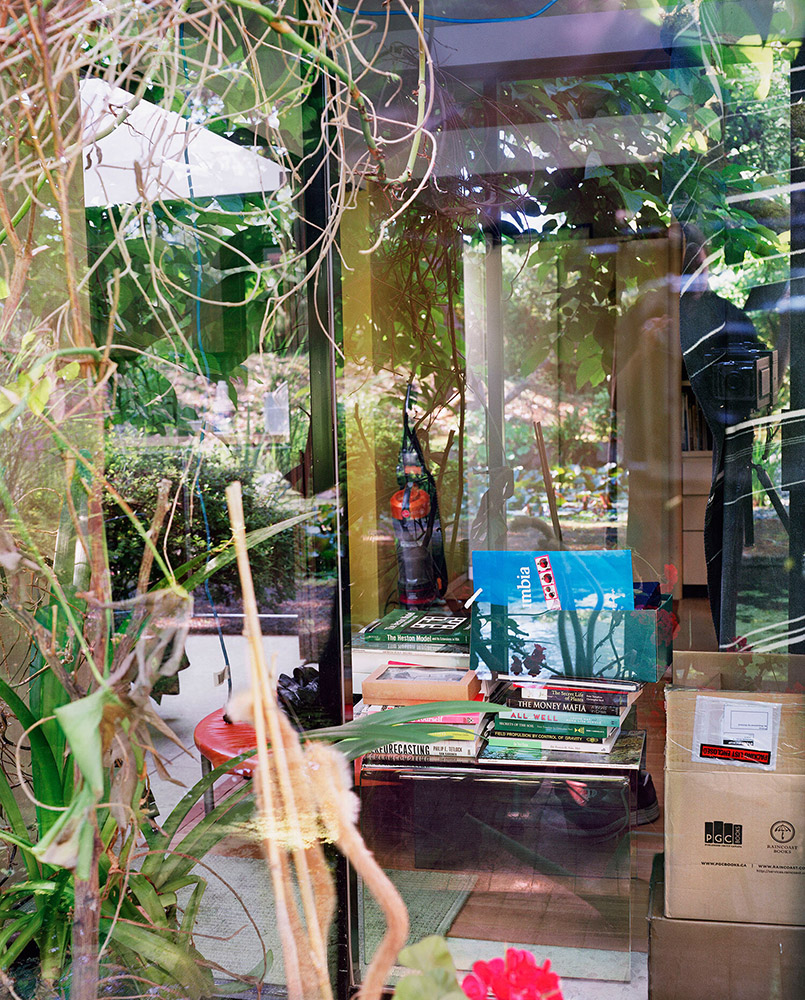
HOW:
Visit local galleries in your city. Get to know the people who work there and ask questions about the work. What subject matter is the artist interested in exploring? How long have they been showing with the gallery? Do they have anything projects upcoming? Do your research on the gallery’s roster and read artist’s statements, essays, and reviews. Don’t be shy to ask for prices. It may be higher than you budgeted, in which case you can inquire about works on paper or editions. A simple “thank you” upon learning how much something costs is an acceptable answer — you don’t have to buy anything on the spot. Keep in mind things often move fast in the art world. I know a work of art is for me when I wake up in the morning worried that someone else has scooped up the piece I have my heart set on.

WHAT:
One key to a good collection is variety. I love adding photography and sculptures to accent the surplus of paintings I have. A strong collection is also culturally diverse, one that high- lights a range of perspectives. Think: an eclectic group show that showcases your taste, not a solo booth.
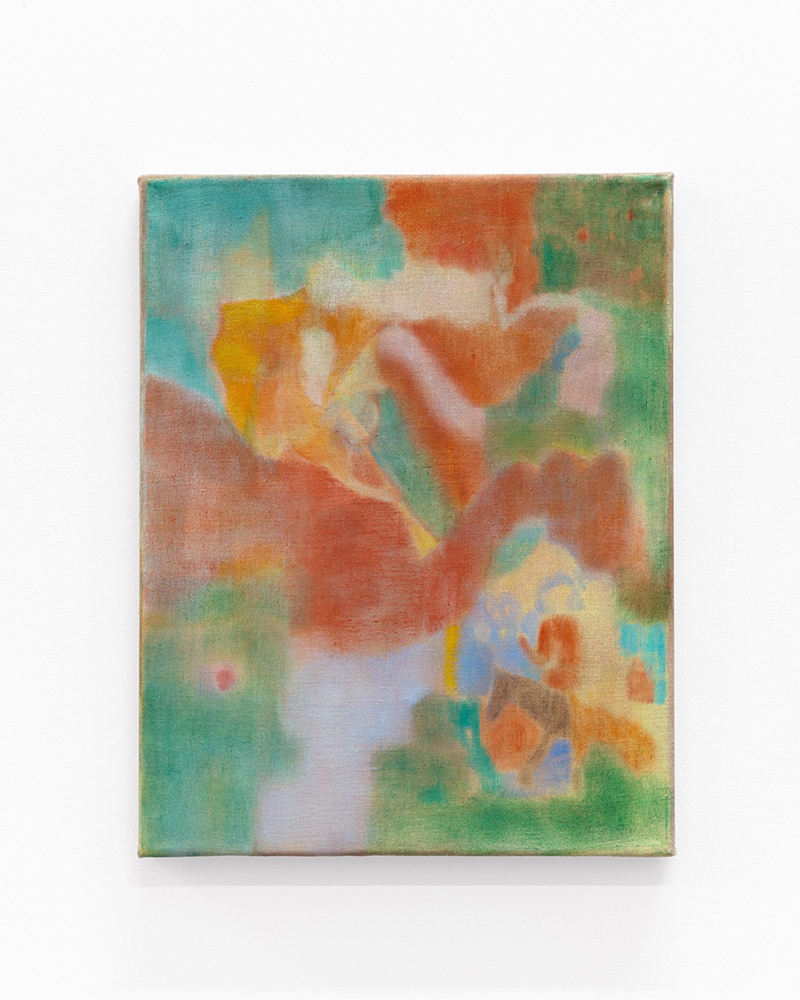
WHO:
Instagram is a great place for finding new artists (I think the Instagram account I run, Canadian Art Forecast, is a great resource for this). I have a soft spot for figurative paintings and abstractions that are sleek and cheeky. Right now I have my eye on work by Darby Milbrath, Lorna Bauer, Azadeh Elmizadeh, Veronika Pausova, Loraine Stephanson, and Devon Pryce.
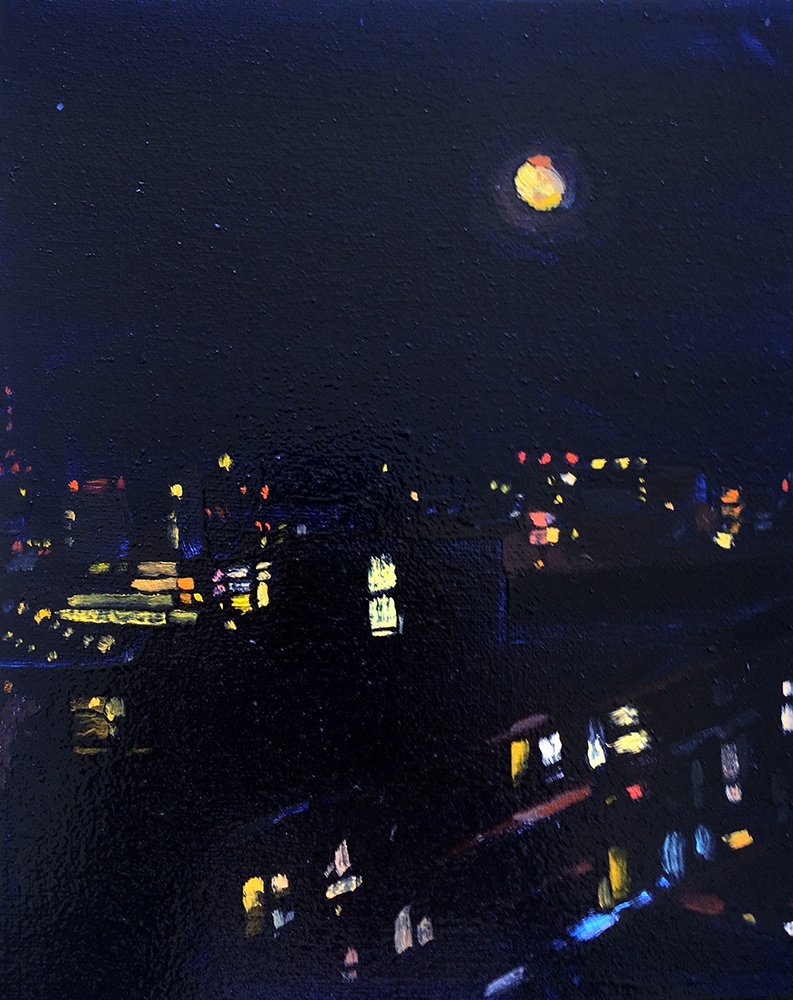
WHERE:
Auctions, charity print sales, and student exhibitions at art schools are all great places to jump-start your collection. If you’re looking for guidance from a gal- lery to help in your forthcoming curatorial pursuits, I recommend Stephen Bulger Gallery in Toronto for photography (as well as the online art market FFOTO); Norberg Hall in Calgary, which shows a high calibre of artists ranging from emerging to established; Projet Pangée in Montreal for art star painters and international talent; and Afternoon Projects in Vancouver, which has a young-under- ground grit to it that makes for some of the best art.
Lead image: Jean-Michael Seminaro, installation view of Although the wind… solo exhibition of Darby Milbrath. September 2020
